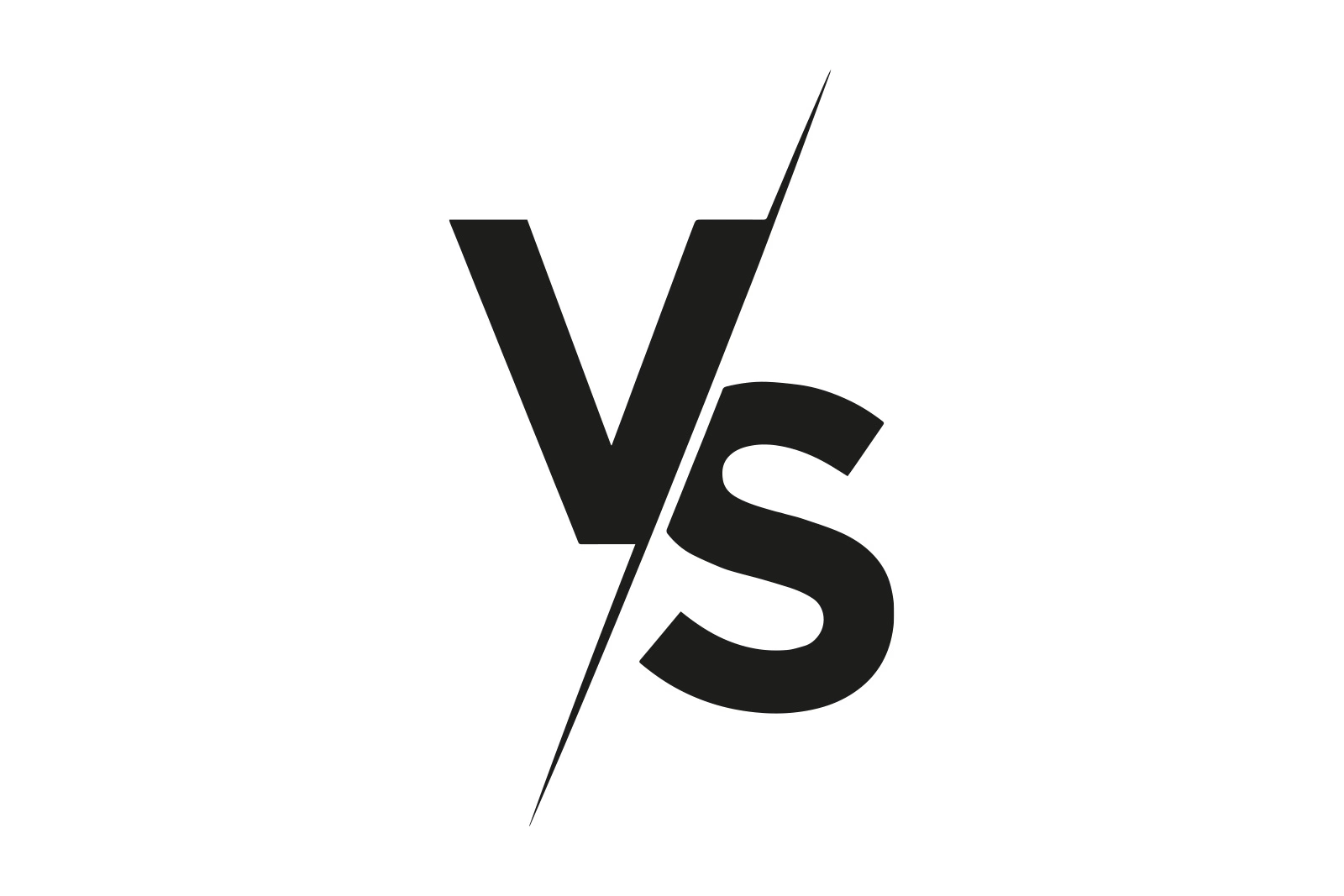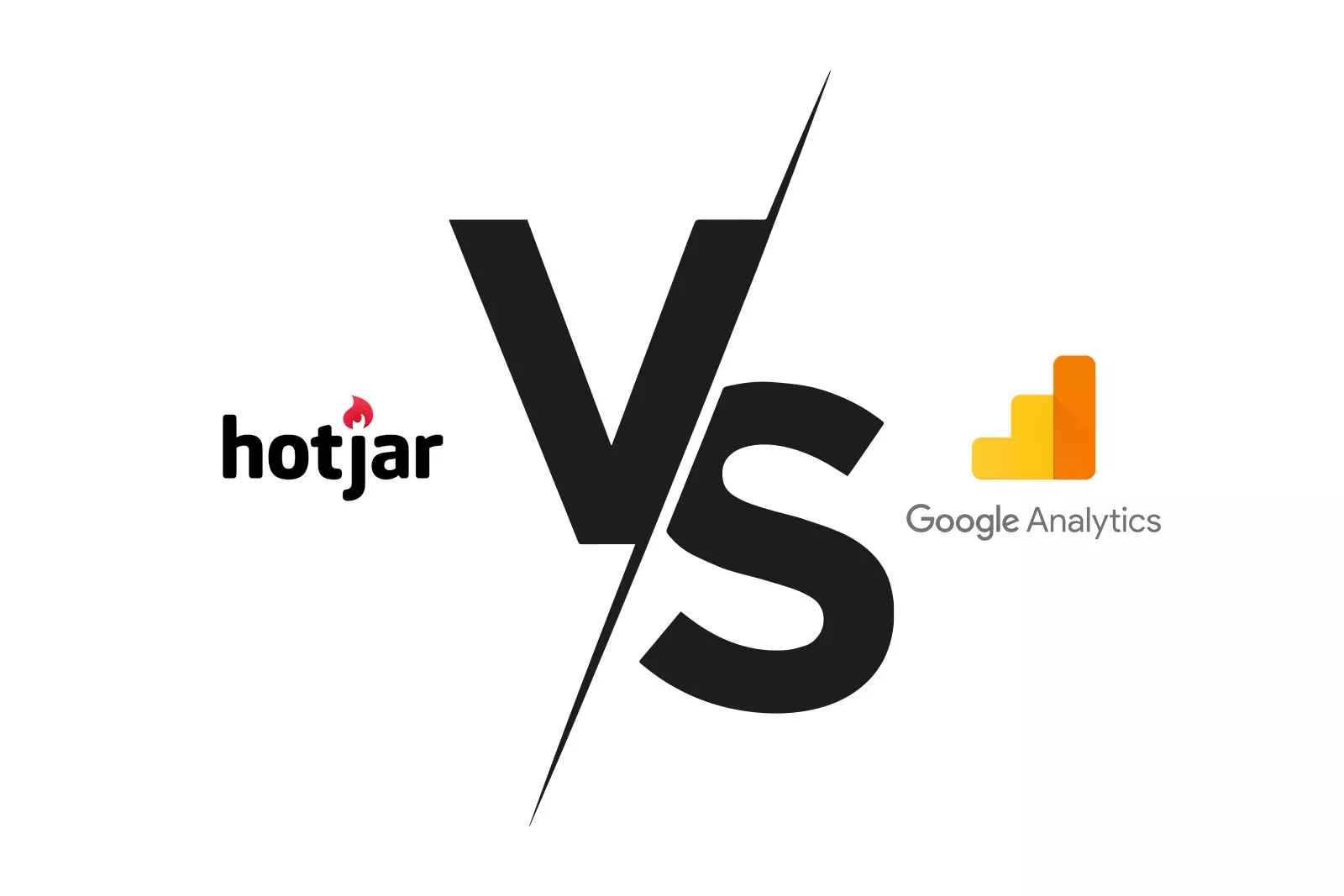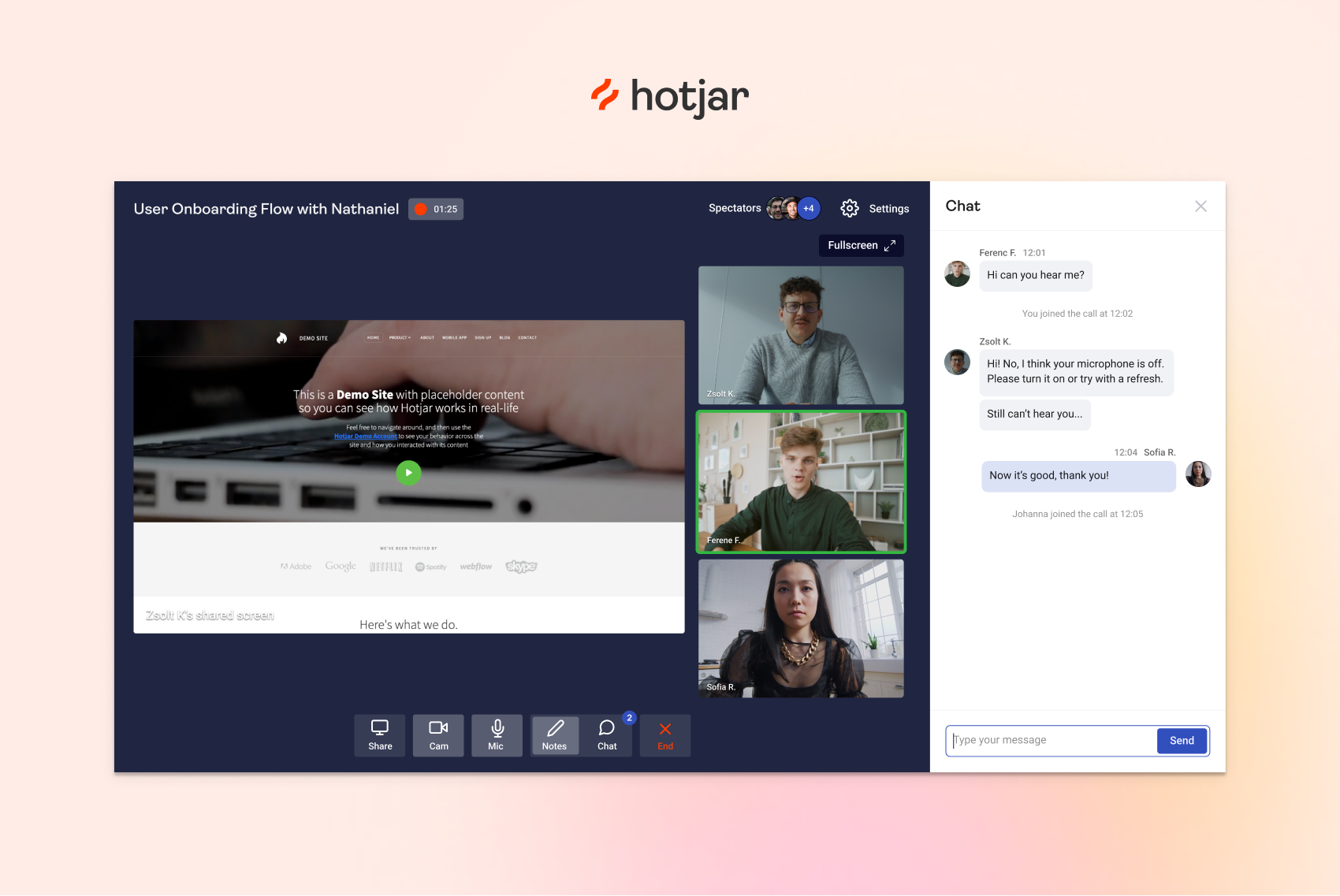As an online business owner, you must know how your users interact with your web app, landing page, website, or...
Digital marketing agencies use conversion rate optimization (CRO) to help businesses maximize their return on investment (ROI) from their digital marketing activities.
CRO marketing involves analyzing user behavior and website performance to identify potential areas of improvement and then testing different strategies to increase the number of conversions.
To conduct this analysis, you can use a CRO tool such as FullSession with data you gather from Google Analytics. We provide funnels and conversion tracking, session recordings and replays, three types of interactive heatmaps, customer feedback tools, advanced analytics, and UTM tracking.
With FullSession, you can test everything – from the website design and content to the user experience and checkout process.
Start a 14-day free trial or schedule a demo to see how FullSession works.
In today’s article, we will share the essentials of CRO marketing, give tips to develop your CRO marketing strategy, discuss where to implement your CRO tactics, and show how FullSession boosts your optimization efforts.
What is CRO marketing?

Image source: Freepik
CRO marketing helps you encourage site visitors to take action, such as signing up for a newsletter, purchasing products, or signing up for a free trial.
You can identify and fix issues, such as confusing checkout or poorly designed layouts that prevent users from becoming paying customers.
By addressing these issues, you can improve your conversion rate and maximize the effectiveness of your online marketing efforts.
Why is CRO marketing important for digital agencies?

Image source: Freepik
Optimization techniques such as A/B testing, heat mapping, user feedback surveys, and session recordings can boost conversions on a website, web app, online shop, or landing page.
Additionally, the CRO marketing process helps digital agencies increase customer engagement by providing a more personalized experience.
As customers interact with a website, digital agencies can present them with content and offers more relevant to their interests, increasing their chances of taking the desired action.
The difference between CRO and SEO

Image source: Freepik
There are some similarities between CRO and SEO, but they focus on different goals and include different approaches to help you reach your objectives.
CRO lets you optimize your website to improve the user experience. It ensures the website is user-friendly and easy to navigate, the product or service is attractive and well-presented, and the call-to-action is clear and compelling.
SEO helps you optimize your website for search engines like Google to rank higher in search results. Boosting organic traffic and increasing website visibility are the most important SEO goals.
They are both essential for a thriving online business.
Four factors that affect your website visitors and conversion rate

Image source: Pixabay
Here are some critical factors that affect website visitors and conversion rate
- Website design – make sure the site is attractive and easy to navigate. Cluttered web pages and confusing navigation can drive visitors away.
- Content – focus on providing relevant content aligned with website visitors’ needs. Write educational blog posts and ensure product or service descriptions are comprehensive.
- UX and UI – refine the website in terms of user experience and interface. Ensure quick load times, check all website forms for errors, and identify and remove any other usability issues customers might face.
- Mobile-friendliness – optimize your website for mobile devices. In October 2022, users performed over 58% of Internet browsing on mobile devices, so ensuring website responsiveness is paramount.
If you keep these few factors in mind, you should be able to ensure a good conversion rate. However, there are also some mistakes you should try to avoid.
Four common mistakes agencies make with CRO marketing

Image source: Freepik
There are a few common mistakes that agencies make when it comes to CRO marketing:
- Lack of clear goals – without a clear goal in mind, it’s impossible to measure the success of your CRO efforts.
- Lack of customer data – user testing and behavior analytics are crucial to understanding the problems with a website.
- Lack of customer feedback – client’s customers are the best source of insight regarding improving your website and increasing conversions.
- Lack of mobile responsiveness – ensuring the site looks great and works well on any device, both stationary and mobile, is vital.
Avoiding these mistakes can help you fulfill the goals of your CRO marketing strategy, but choosing the focus might take time and effort.
What are the critical components of a good strategy? Let’s share some insights.
Seven steps for developing your CRO marketing strategy
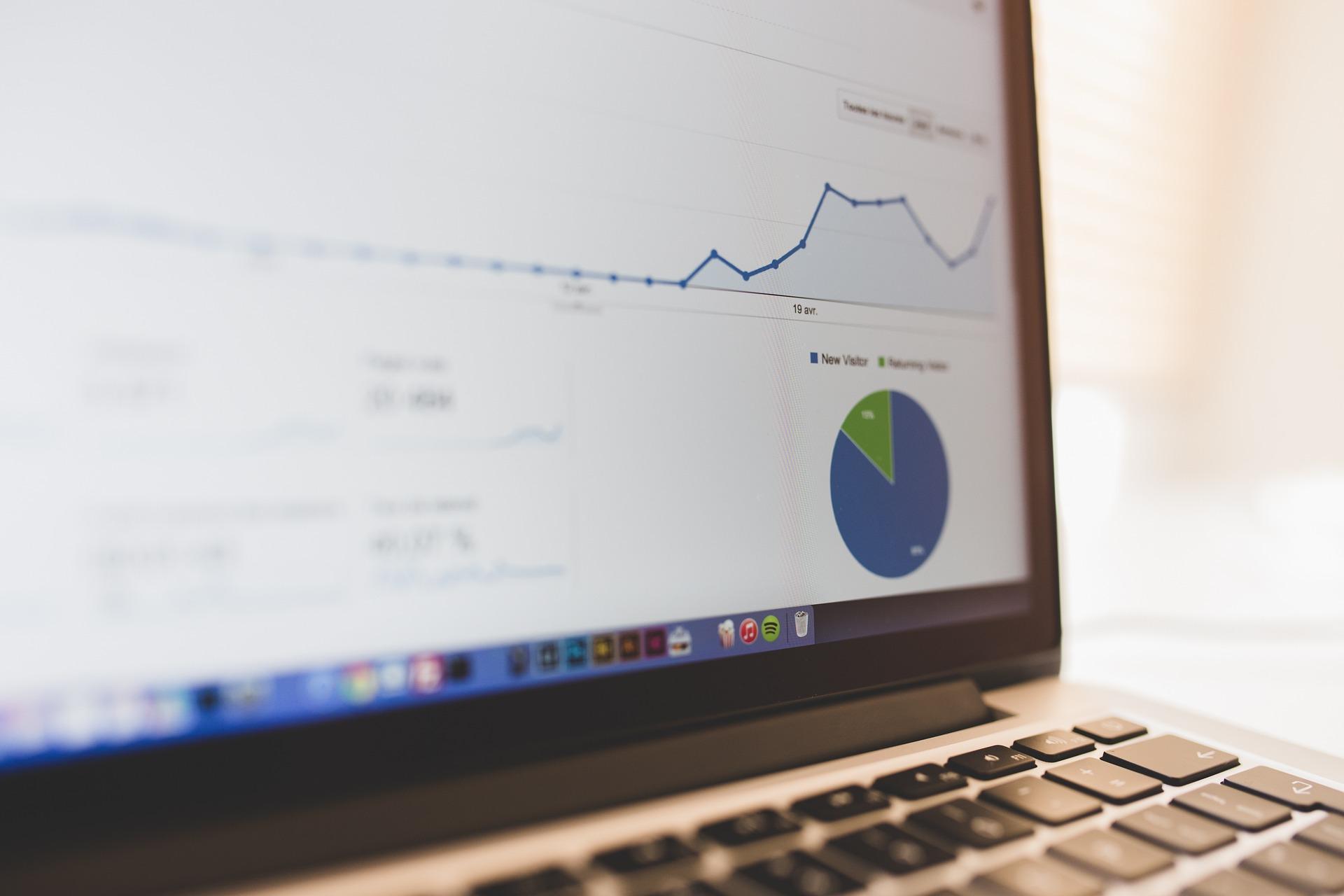
Image source: Pixabay
You must take several steps to create a helpful CRO marketing strategy. Let’s go through them one by one.
- Define what you mean by “conversion” and identify conversion type – you have to identify the kinds of actions users have to perform to convert.
- Understand your users – you also need to understand your customers and the motivations that drive them to visit the website.
- Analyze your conversions and map customer journeys – look closely at your current conversion process and try to understand what works or doesn’t and for what reasons. Features such as session recordings and interactive heatmaps can help you gather these insights.
- Conduct tests – develop different conversion approaches and use multivariate and A/B testing to see your best-performing web elements.
- Track the right metrics – you need to track your successes and failure to understand how to proceed. Be sure to choose the right metrics.
- Ask your users – CRO is an ongoing process, so you’ll always re-test and re-evaluate your ideas. Customer feedback is an invaluable tool to guide your efforts in the right direction.
- Use the collected data – analyze it, draw conclusions and apply them to your future optimization efforts.
As you can see, metrics play a pretty important role in creating a CRO marketing strategy. Which of them should you track?
Three vital CRO metrics to monitor daily

Image source: Freepik
Below, you’ll find three key metrics to track to measure the effectiveness of your CRO marketing strategy:
- Conversion rate – the most critical CRO metric to watch, as it measures the effectiveness of your entire strategy. It tells you how many people completed the action you defined in your plan.
- Bounce rate – you can learn how quickly visitors leave your site. If this metric is too high, visitors aren’t finding what they’re looking for. It could imply some problems with the website (such as slow loading).
- Pages per session –visiting only one web page could mean the products or services are irrelevant to your target audience.
For your conversion rate optimization (CRO) strategy to be successful, you must consider where to apply it. Let’s take a look at the potential opportunities.
Where to implement Conversion Rate Optimization marketing strategy

Image source: Freepik
You can test and improve many elements of your client’s website via CRO marketing. Here are some of the most prominent examples.
Registration page
The registration page is often the key to turning a lead into a customer. With the right CRO strategies, you can ensure the registration page is engaging and effective, and your registration form works as intended, leading to higher conversions.
Homepage
The homepage is the first thing visitors notice. It needs to direct customers to other critical pages and encourage them to take action. Ensure the links to product pages are easy to find and draw attention, and include a sign-up button in a spot that’s hard to miss.
Product or service page
Product and service pages draw people in and should be the prime targets for conversion rate optimization.
These pages should have an easily-navigable layout, as well as top-notch copywriting. For optimal results, attention to detail is critical.
Blog posts
To ensure blog posts are compelling, you can analyze time-on-page data and track interactive heatmaps to see how far readers scroll down the page and determine the ideal page length.
By using strategically placed call-to-action (CTA) messages, you can encourage readers to take the next step to conversion.
Pricing page
If your pricing page has a poor design, potential customers could quickly lose interest and bounce off your site. It’s vital to ensure that your pricing information is clear and easy to understand.
You can add a phone number, email, or live chat on the page. This way, visitors can quickly contact you to clarify any confusion and proceed to purchase.
Shopping cart
To ensure customers have the best user experience, make it easy to add multiple items to their cart.
A great way to do this is to list items related to the product they are viewing beneath or beside the cart. It allows customers to consider additional products without searching for them.
Checkout page
The checkout page is the make-or-break moment in a customer purchase journey. It needs to provide a smooth and enjoyable experience that leads them to the final step of completing their purchase.
Like the product and pricing pages and the shopping cart, you must optimize the checkout page to ensure a successful transaction.
Contact page
Having a contact page that is confusing and difficult to navigate can take away from the overall user experience. That’s why it is crucial to help users quickly find contact information and submit their questions through a fully-optimized contact form.
Landing pages
A landing page is the entry point to specific events, campaigns, or products. You should design a landing page to capture the attention of your target audience.
Ensure the page is up-to-date, visually appealing, organized, and has a strong CTA to move customers further down the conversion funnel.
Call to Action
No matter what page a visitor lands on, it’s essential to ensure the call-to-action (CTA) is eye-catching, informative, and effective. Whether a blog post or a product page, properly designing and optimizing your CTA is essential to achieving the desired results.
Website forms
If users come across a form that’s too complex, long, or vague, it can cause them to leave without providing their data, registering, or purchasing.
That’s why keeping forms concise and easy to fill is essential, rather than creating detailed forms with numerous fields. It will help to reduce bounce rates and encourage conversions.
Exit-intent popups
Exit-intent popups are a great way to capture your visitors’ attention and keep them engaged on your website. You can use them to offer discounts, provide more information, or even collect a user’s email address.
By detecting when a user is about to leave your website and displaying a message, you can entice them to stay and get the most out of their visit.
Are you ready to test your CRO strategy?
FullSession has you covered! With our comprehensive suite of tools, you can efficiently and effectively test what works and what doesn’t and optimize your website accordingly.
Maximize your ROI and increase conversions with FullSession! Let’s explain how.
How to test your CRO marketing strategy with FullSession
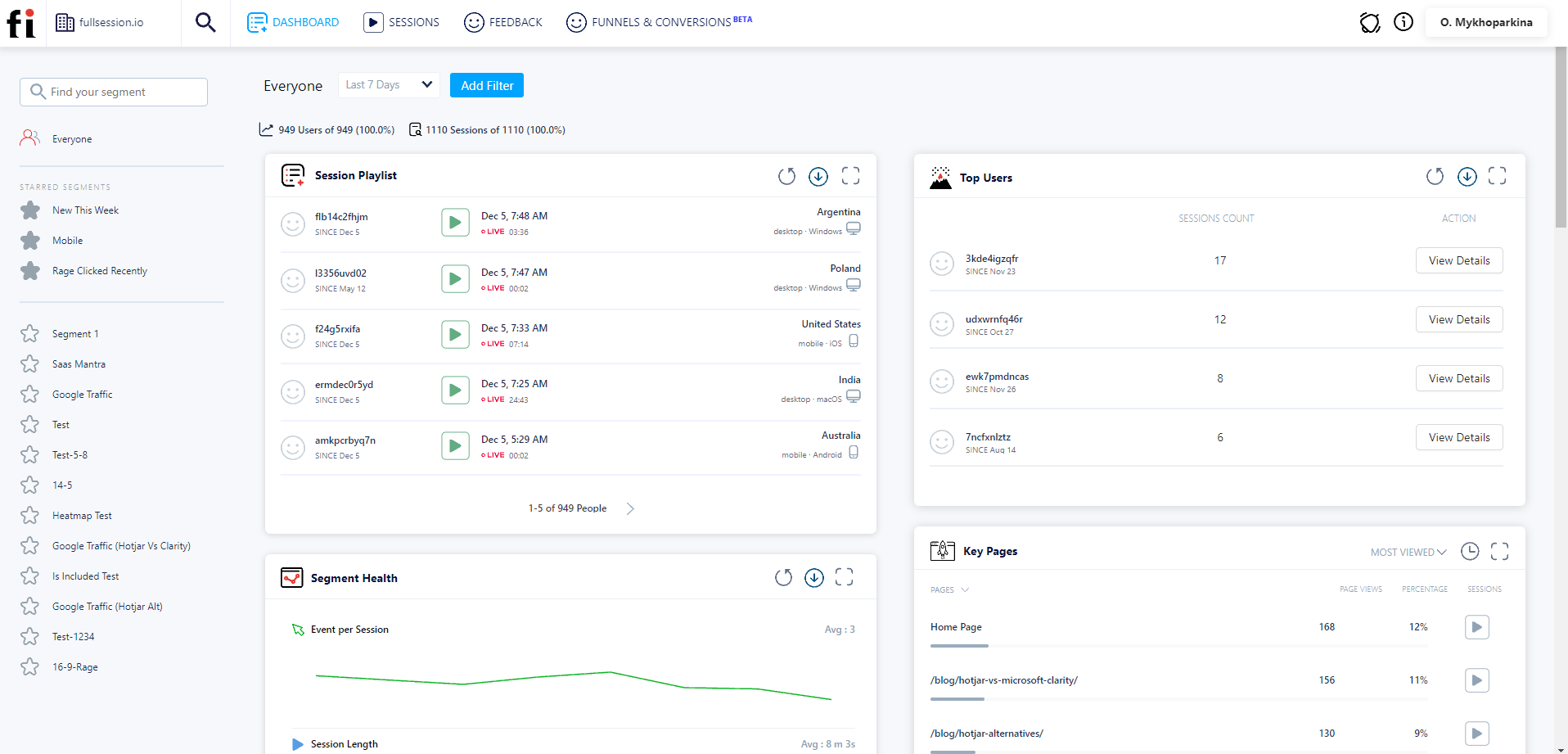
FullSession is one of the well-known CRO tools you can use to better understand your customers’ behavior and identify the issues they are experiencing. Our platform has various website tracking features designed to help you optimize your website and boost conversion rates.
FullSession doesn’t affect your website performance during data collection and respects your users’ privacy.
All the recordings are recreations of actual events and don’t include sensitive data, such as passwords or credit card details. It means you can track behavior analytics without worrying about potential security issues.
Let’s discuss our user behavior tools in more detail.
Funnels and conversions

FullSession helps you create a funnel from scratch to monitor the effectiveness of your CRO efforts. You can:
- Name your funnel
- Define all key steps
- Add event type (click, visited page, and changed input)
- Define selector (or text)
- Define the operation and choose the value
- Add filters
- Create segments
- Update funnel
When you define your funnel and start collecting data, you can track the number of users, conversion rate, the time it takes the customer to convert, and the maximum number of funnel drop-offs.

You can visualize how many visitors completed all steps in the funnel and monitor how many users drop off at each stage to make necessary adjustments and improve the conversion rate.

Website session replays and recordings

Website session recordings and replays allow you to watch and replay user interactions on specific pages and analyze user behavior to identify and fix any problems causing negative conversion rates.
You can note any pauses, confusion, or errors users make while interacting with your website. For example, if users have difficulty filling out a form, you can make it easier by adding helpful hints or reducing the number of fields.
Three interactive heatmaps
FullSession website heatmap tools help you identify usability issues, such as broken navigation links, inactive page elements, or slow loading times.
You can determine which page areas are most engaging and which repel your customers. FullSession heatmaps allow you to access three types of heatmaps – click maps, scroll maps, and cursor maps.
Click tracking records the number and types of clicks users make on a page, while scroll maps track how far down the page a user scrolls. Move maps track and report the movements of users’ mouse cursors on a page.
Let’s share some examples.
Click map example
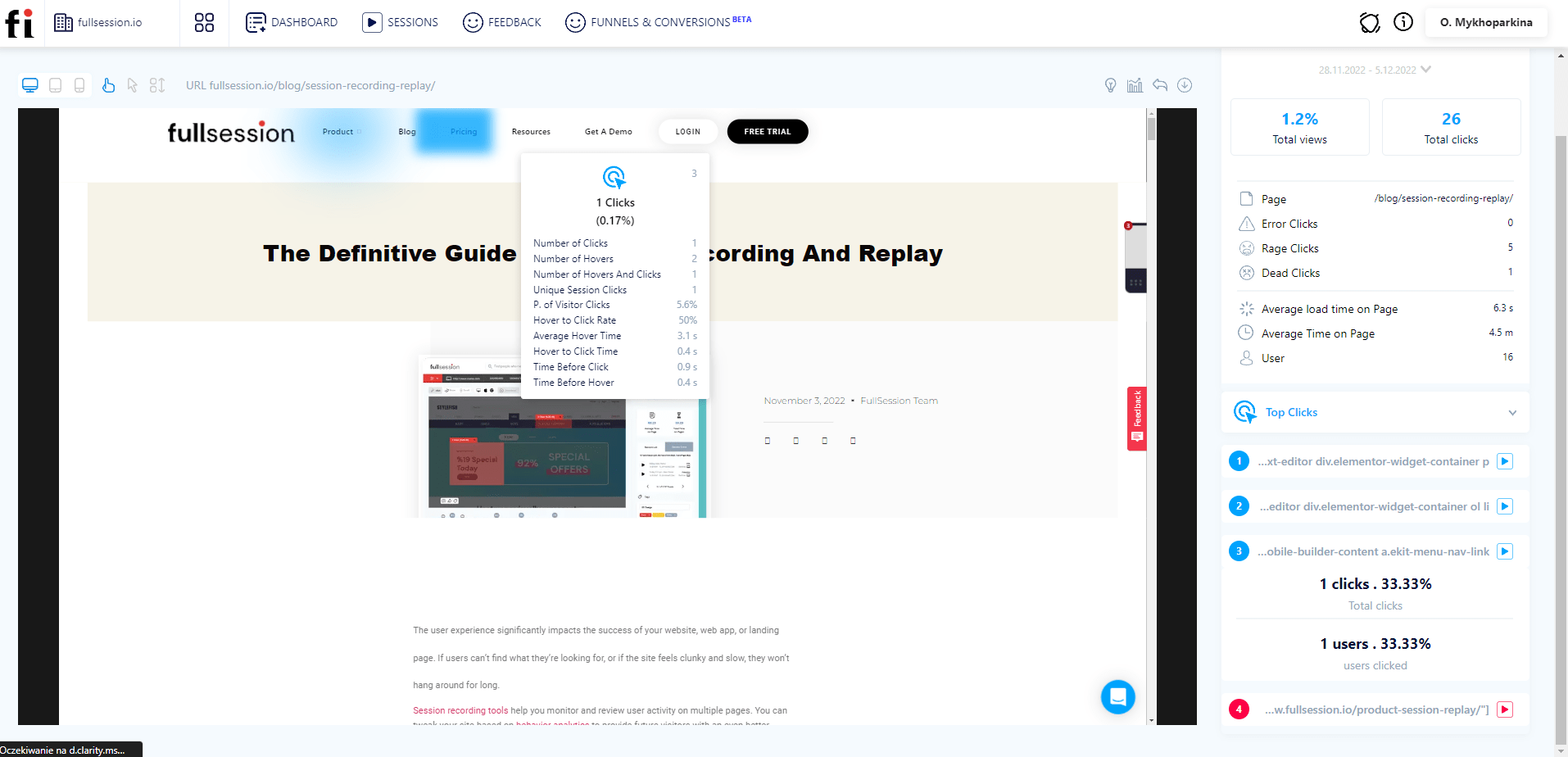
Mouse movement map example
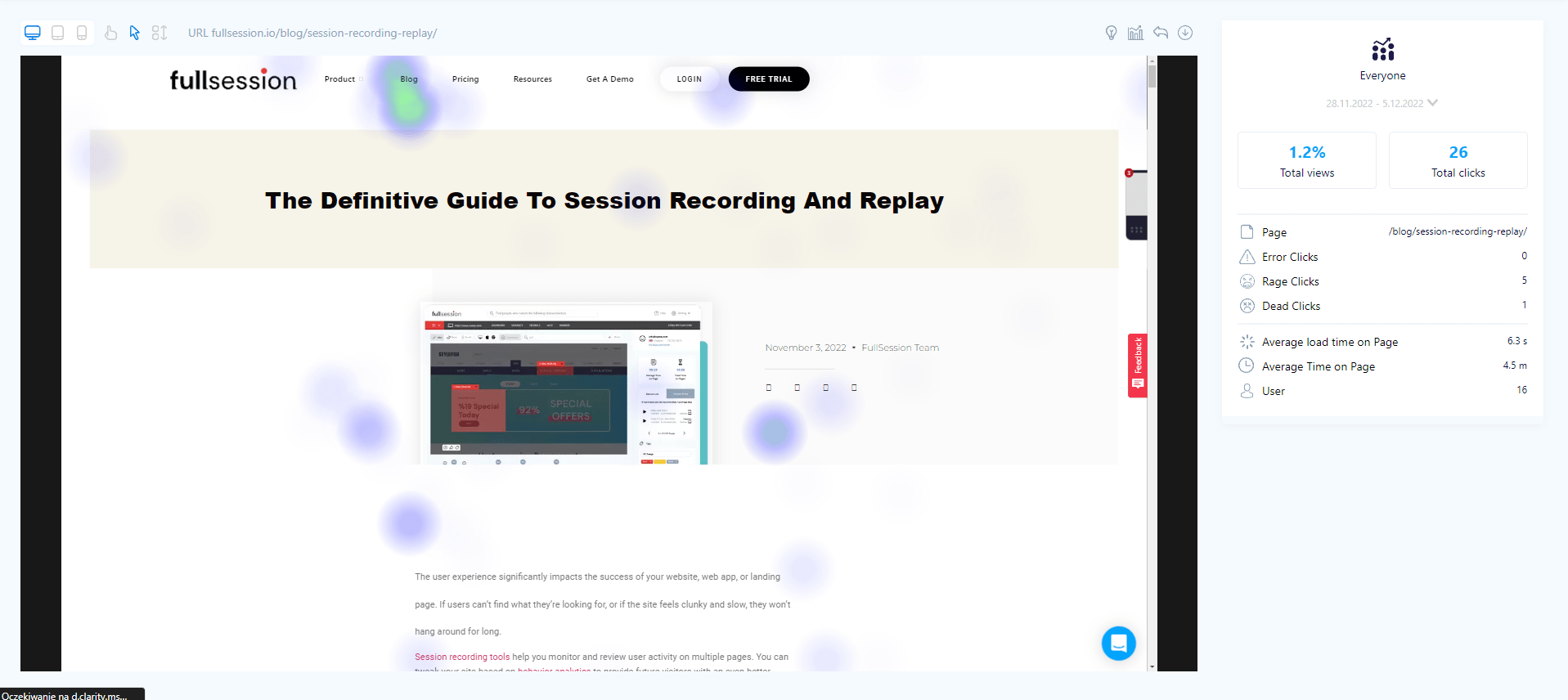
Scroll map example
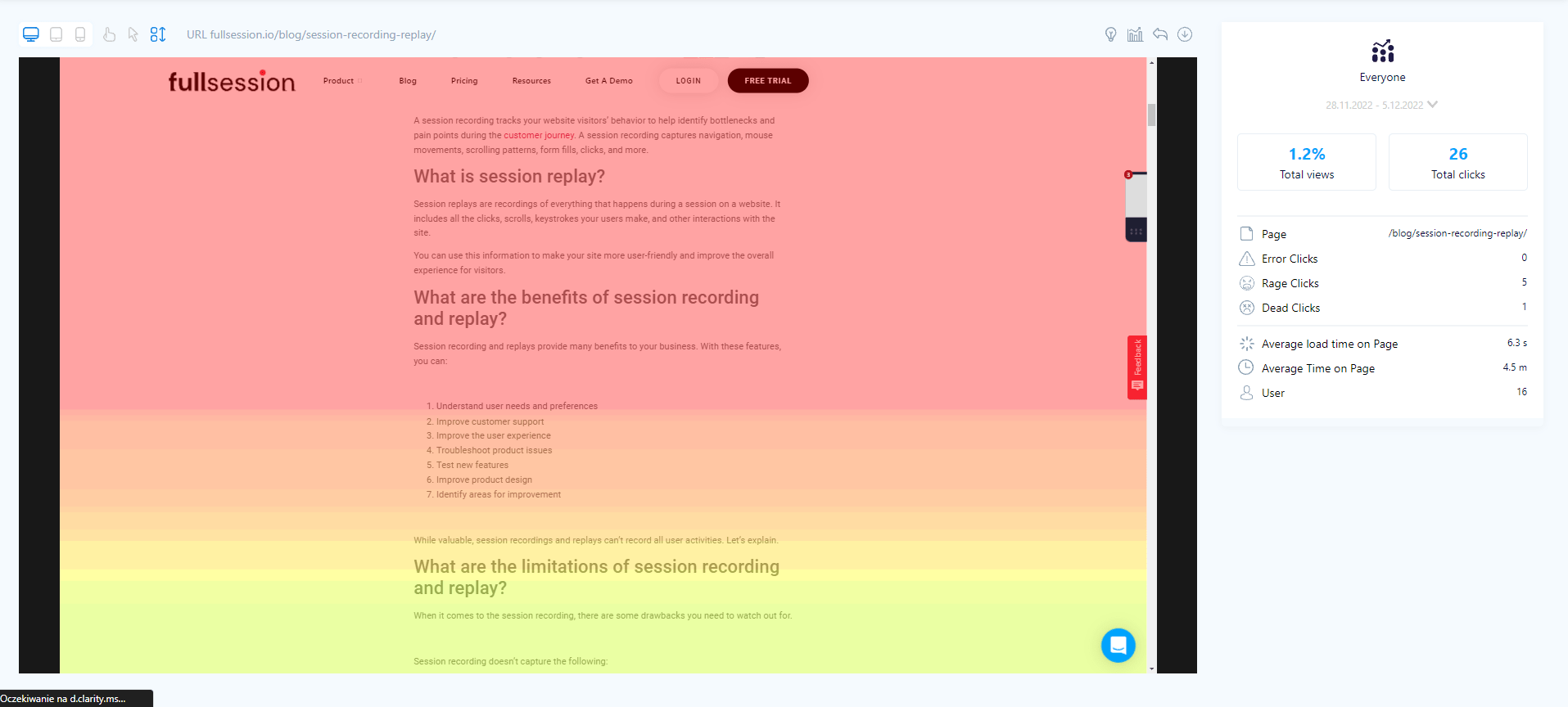
Customer feedback forms
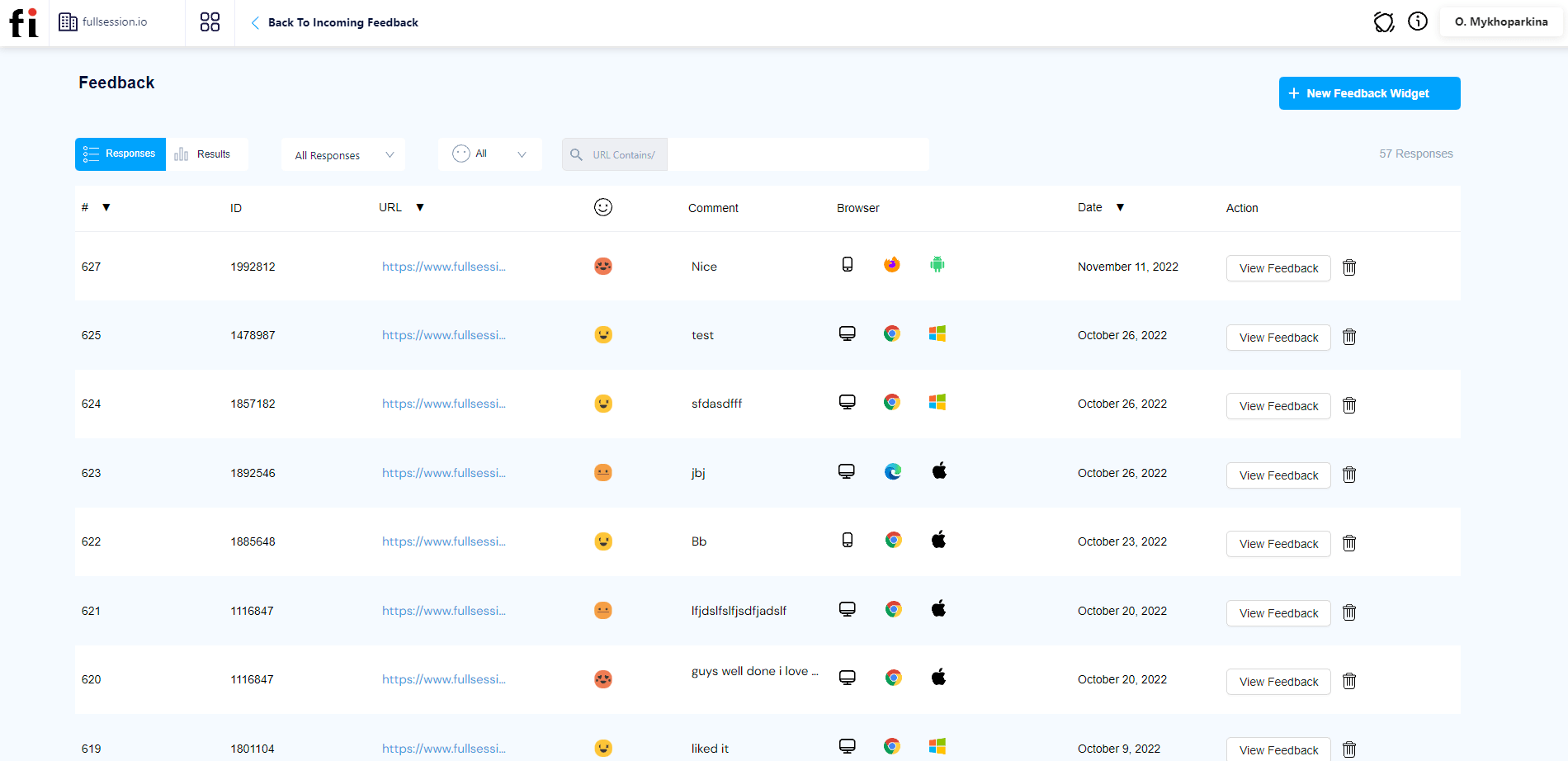
You can get customer feedback on various aspects of their experience using our customer feedback tools and website feedback forms.
It can range from the website’s overall design to specific page elements and features. You can assess customer feedback reports and make changes to increase user engagement and conversion rates.
Tracking top UTM campaigns, mediums and sources
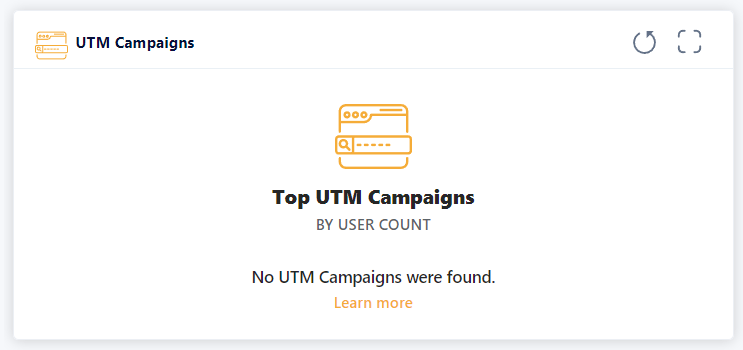
By tracking UTM campaigns, you can determine which pages users visit, how long they stay, and where they go next. It allows you to customize and optimize your website according to user behavior.
You can understand the effectiveness of A/B tests or other experiments running on your website to focus on the campaigns that show the best results in terms of conversions.
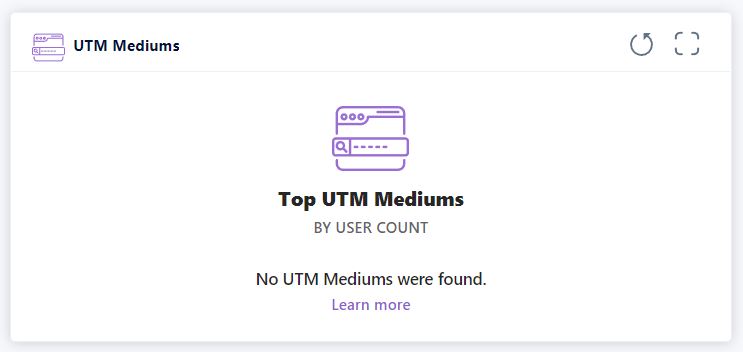
Tracking UTM mediums lets you understand which channels bring the most conversions or perform differently than expected.
With this data, you can improve ad targeting and tweak the design and messaging to reach your target audience better and increase your conversion rate.
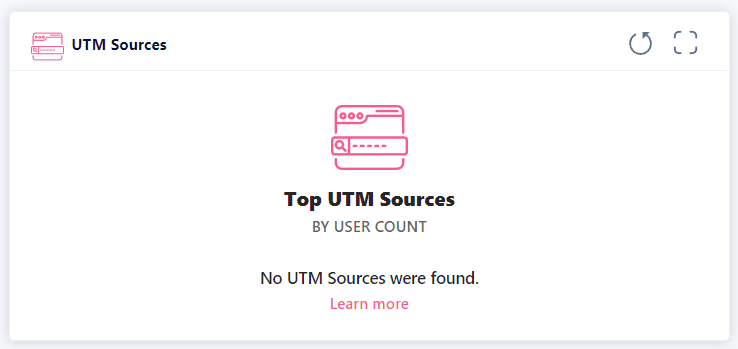
By tracking UTM sources, you can gain insights into the effectiveness of your campaigns by seeing the links driving traffic to your website and then measuring the conversion rates of those links.
For example, if a website has a high conversion rate from visitors from Facebook ads, you can focus your efforts on optimizing Facebook ad campaigns.
Alternatively, if a website does not have a good conversion rate from search engine traffic, you can look at ways to improve your SEO strategy to increase conversions.
How to start with FullSession and boost your conversion rate
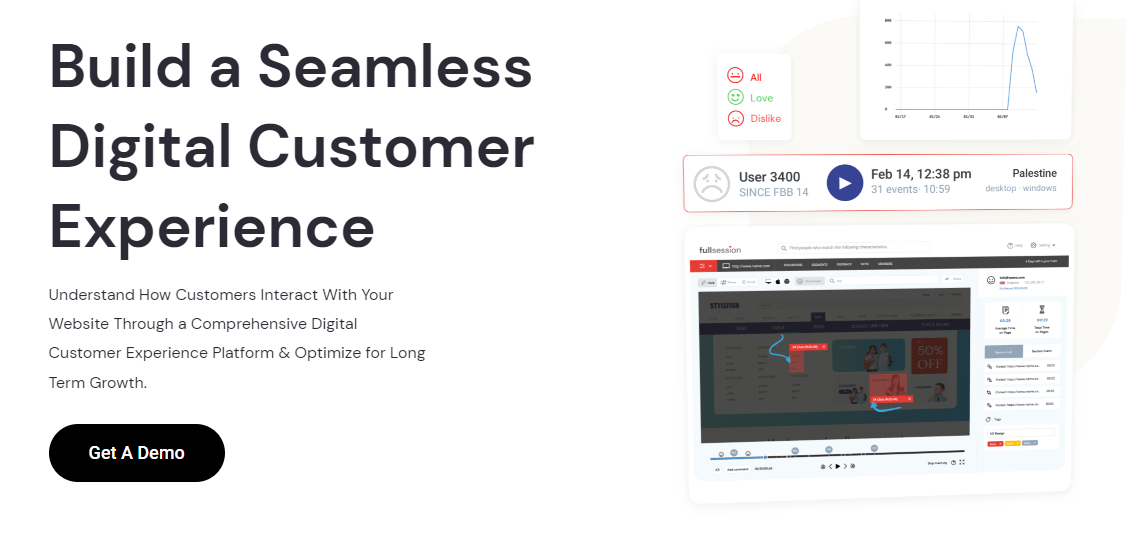
If you’re working in a digital agency, you know CRO marketing tools are essential for optimizing your client’s website for conversions and boosting their revenue.
FullSession provides features to observe customer interactions via session recordings and replays, interactive heatmaps, and user feedback tools. What’s best, you can set up your conversion funnel in minutes, find and fix issues and boost the overall website performance.
It results in an optimal customer experience which motivates users to become paying customers.
Start your 14-day free trial or schedule a demo to understand how FullSession boosts conversions.


